How to water your plants the easy way?
Heruga (7a Northern NJ)
5 years ago
Featured Answer
Sort by:Oldest
Comments (28)
Rebecca/N. IN/z6A
5 years agoDave
5 years agoRelated Discussions
Easy watering for hanging plants
Comments (4)Go to your local building supply store and by a rigid 8' length of steel or copper pipe. Either threaded or plain depending if you can solder. Attach a curved water wand to the end of it. Fiddle with a couple of fittings and for a couple dollars and a quarter the price of a 'fancy store bought model' you can reach quite high. (try the fittings in the garden and plumbing sections)....See MoreHow to grow a pineapple from a top the easy way
Comments (3)One of my pineapples grown from tops (I have two) has gotten so big that it is dangerous to my son, on whose desk it sits. The leaves have twisted around to get the light from the window it sits beside, and I really don't have another sunny window in the house where it would fit. Is there any way I could move it outside? What low temps will pineapples tolerate? We live in central South Carolina, where it does get below freezing, but it generally doesn't stay there for long. Is there any remedial care I could give it during cold snaps that would allow it to survive the winter? Thanks for your help. Rachel...See MoreHow to re-pot prickly or thorny plants the easy way
Comments (4)I quite often repot this way especially larger plants saves a lot of hassle, for smaller plants cactus and such I make collars out of newspaper long enough it goes around the cactus plus enough to hang on to. Kitchen tongs work good too :). Annette...See MoreEasy way to compile a custom plant care guide to give to my clients?
Comments (1)This might be a starting point https://myfolia.com/plants...See MoreWestender01 (zone 8a/8b - east texas)
5 years agoHeruga (7a Northern NJ)
5 years agogardengal48 (PNW Z8/9)
5 years agodbarron
5 years agoDave
5 years agotapla (mid-Michigan, USDA z5b-6a)
5 years agoHeruga (7a Northern NJ)
5 years agodbarron
5 years agoHeruga (7a Northern NJ)
5 years agoRebecca/N. IN/z6A
5 years agoHeruga (7a Northern NJ)
5 years agotropicofcancer (6b SW-PA)
5 years agoRebecca/N. IN/z6A
5 years agolast modified: 5 years agoHeruga (7a Northern NJ)
5 years agotropicofcancer (6b SW-PA)
5 years agotapla (mid-Michigan, USDA z5b-6a)
5 years agoElena
5 years agotropicofcancer (6b SW-PA)
5 years agokcandmilo
5 years agokcandmilo
5 years agotapla (mid-Michigan, USDA z5b-6a)
5 years agokcandmilo
5 years agotapla (mid-Michigan, USDA z5b-6a)
5 years agokcandmilo
5 years agotapla (mid-Michigan, USDA z5b-6a)
5 years ago
Related Stories

GREEN DECORATINGEasy Green: Big and Small Ways to Be More Water-Wise at Home
These 20 tips can help us all make the best use of a precious resource. How do you save water in summer?
Full Story
GARDENING GUIDESGreat Design Plant: Anemone Canadensis Adds Pizzazz to Water’s Edges
Plant Canadian anemone along pond, lake or stream edges for a splash of white flowers in late spring
Full Story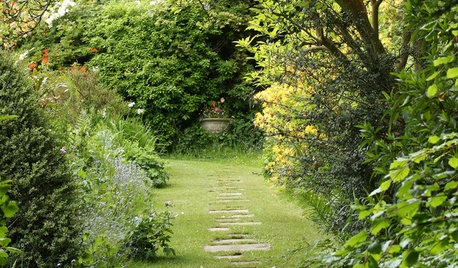
GARDENING GUIDES3 Easy Ways You Can Garden for Nature
Your choice of plants can help wildlife while cleaning the air and water
Full Story
GARDENING FOR BUTTERFLIES3 Ways Native Plants Make Gardening So Much Better
You probably know about the lower maintenance. But native plants' other benefits go far beyond a little less watering and weeding
Full Story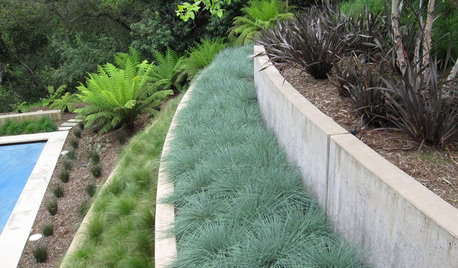
GARDENING AND LANDSCAPINGYour Garden: High Design the Easy Way
Go With Mass Plantings for Simple, Elegant Impact in the Garden
Full Story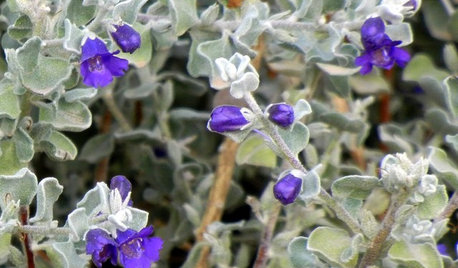
GARDENING GUIDESGreat Design Plant: Violet Silverleaf Thrives on Scant Water
Purple flowers transform silvery, sun-loving Leucophyllum candidum, while its easy care may change your gardening routine
Full Story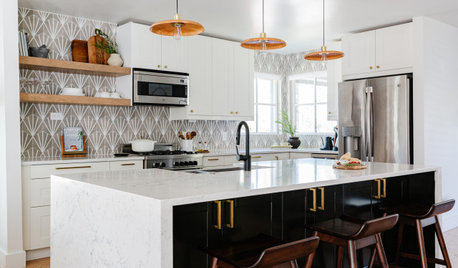
HOUSEKEEPINGThe Quick and Easy Way to Clean a Microwave
All you need is water and a couple of other natural ingredients to get your appliance sparkling and smelling fresh again
Full Story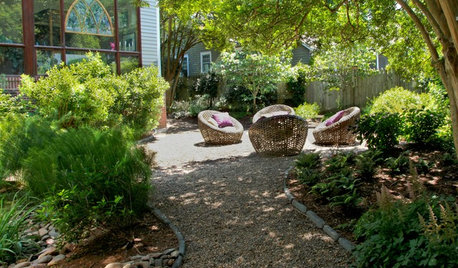
LANDSCAPE DESIGNEasy Ways to Manage Stormwater for Lower Bills and a Healthier Earth
Send cleaner runoff into local waterways and spend less on yard irrigation with these simple landscaping approaches
Full Story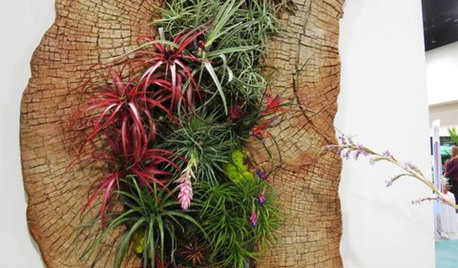
DECORATING GUIDESAir Plants Go Easy on Indoor Gardeners
If your best intentions leave stalks barely breathing, embrace blissfully easy air plants to bring a living garden to your home
Full Story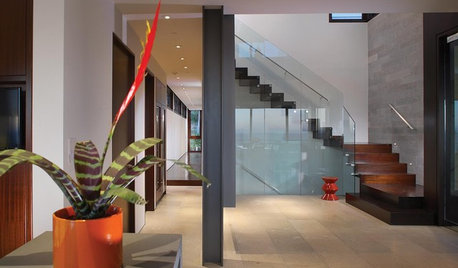
HOUSEPLANTSGo Tropical the Easy Way With Bromeliads
Months of blooms and a tolerance for low light make tropical bromeliads ideal as gifts, indoor centerpieces and outdoor eye catchers
Full Story








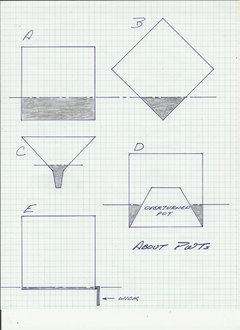







tapla (mid-Michigan, USDA z5b-6a)